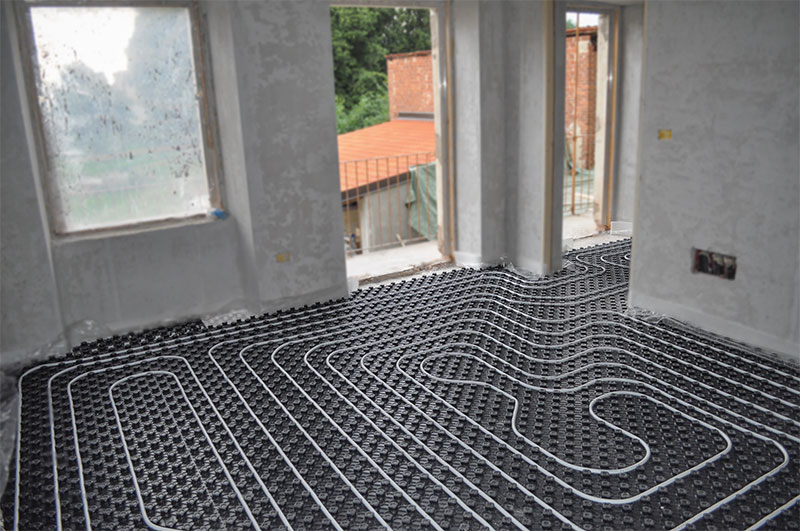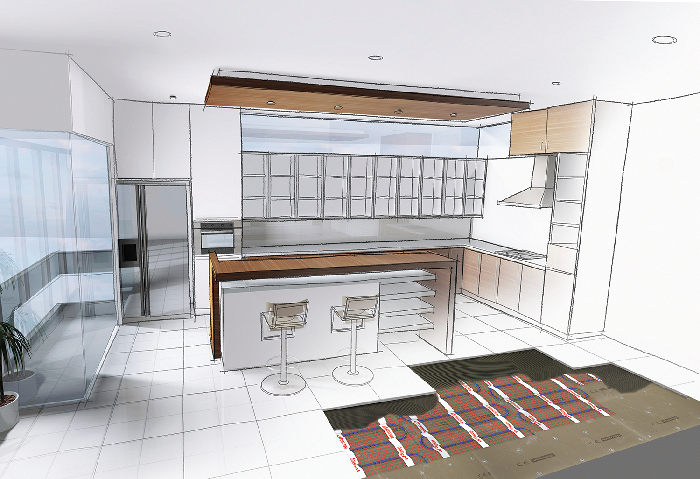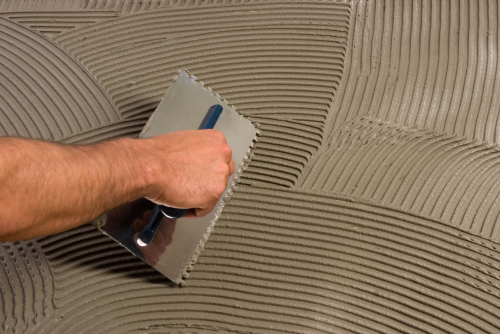Whether calculating for a commercial project or crunching numbers for a home renovation, you may wonder if there is a recommended BTU per square foot of heating. Is there a BTU per square foot of heating rule of thumb?
This article will discuss the many factors that help determine how many BTUs you need per square foot for your heating project.
What is a BTU?
A BTU, or British Thermal Unit, is a unit for measuring heat. One BTU is the amount of heat it would take to raise the temperature of one pound of water by one degree Fahrenheit.

Factors That Affect the Recommended BTU per Square Foot
Many factors affect BTU per square foot heating requirements and must be considered when making your calculations. Variables like climate, room size, flooring type, and insulation should be considered when determining your BTU per square foot heating numbers.
Climate and Temperature Extremes
The climate zone you live in will help dictate your recommended BTU per square foot heating. To determine your climate zone, refer to a climate zone map online.

The following values are the BTU per square foot heating values depending on your climate zone:
- Zone 1: 30-35 BTU per square foot
- Zone 2: 35-40 BTU per square foot
- Zone 3: 40-45 BTU per square foot
- Zone 4: 45-50 BTU per square foot
- Zone 5: 50-55 BTU per square foot
Size and Layout of the Room
By calculating the size of the rooms you need to heat using the formula for square footage, length multiplied by width, you can determine the total amount of BTUs required to heat the space.
Flooring Type
If you plan on using radiant floor heating, the type of flooring you plan to use can be a factor.
When installed underneath flooring material that is a good conductor of heat, like tile, radiant floor heating can heat spaces quickly and efficiently.
Are you planning on installing a flooring material that is not a good conductor of heat, like carpet, on top of your radiant floor heating? Choose a system that can produce more BTUs per square foot than the climate zone map indicates.
Number and Type of Windows
Windows have a much lower R-value than walls. When calculating your heating BTU per square foot, consider increasing the BTUs if your living space has a lot of windows.
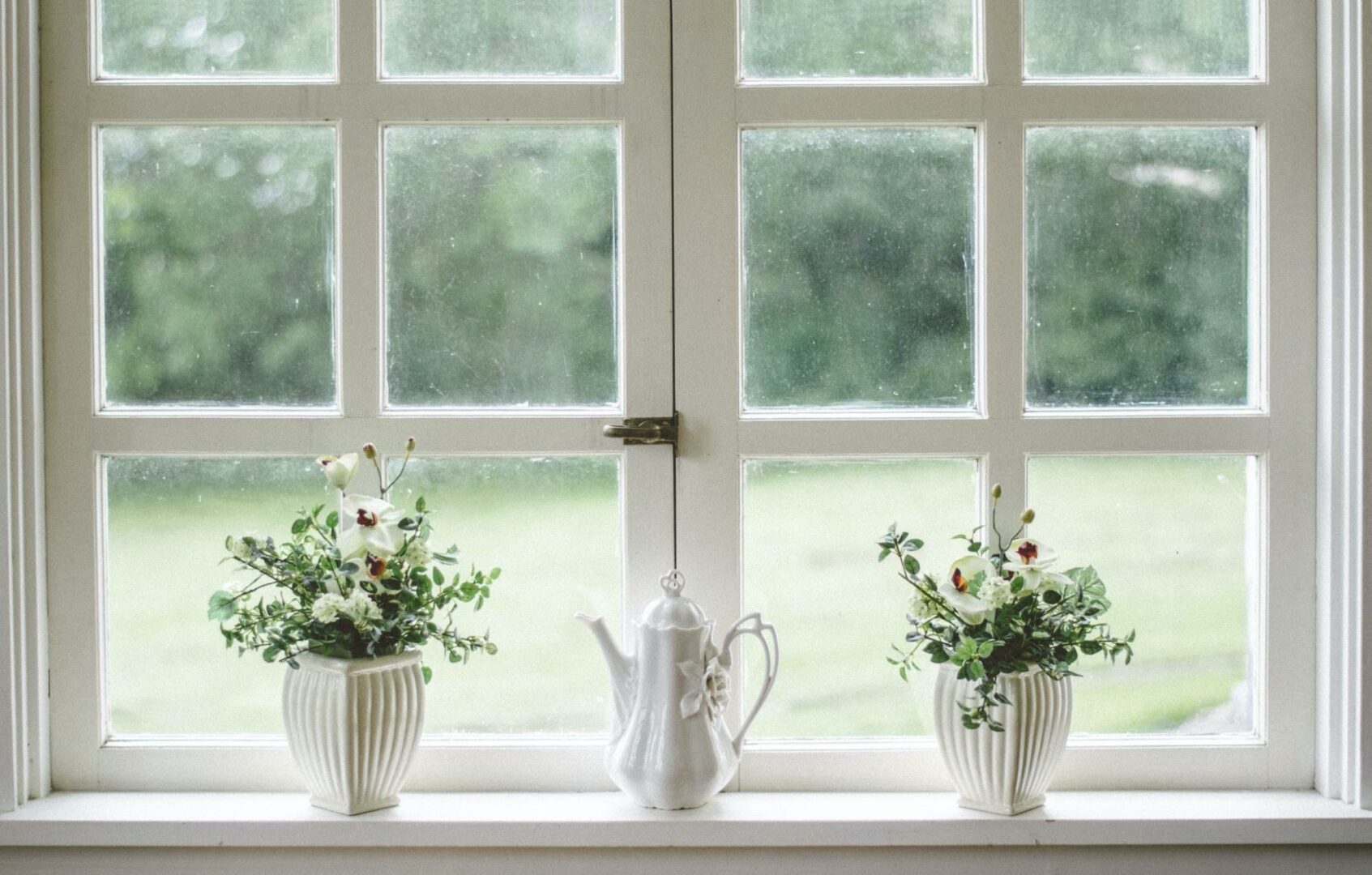
The substantially lower R-value of glass will create more significant heat loss than a typical insulated wall. Therefore, if you plan on heating a room that is a large percentage of glass or windows, you should increase your amount of BTUs per square foot to compensate.
Insulation
Do you live in a new home that has been meticulously insulated with spray foam, or an older home that, while full of character, is perhaps not so full of insulation? If you are in the latter category, there’s no need to fret; add a few BTUs per square foot to your BTU per square foot heating calculation.
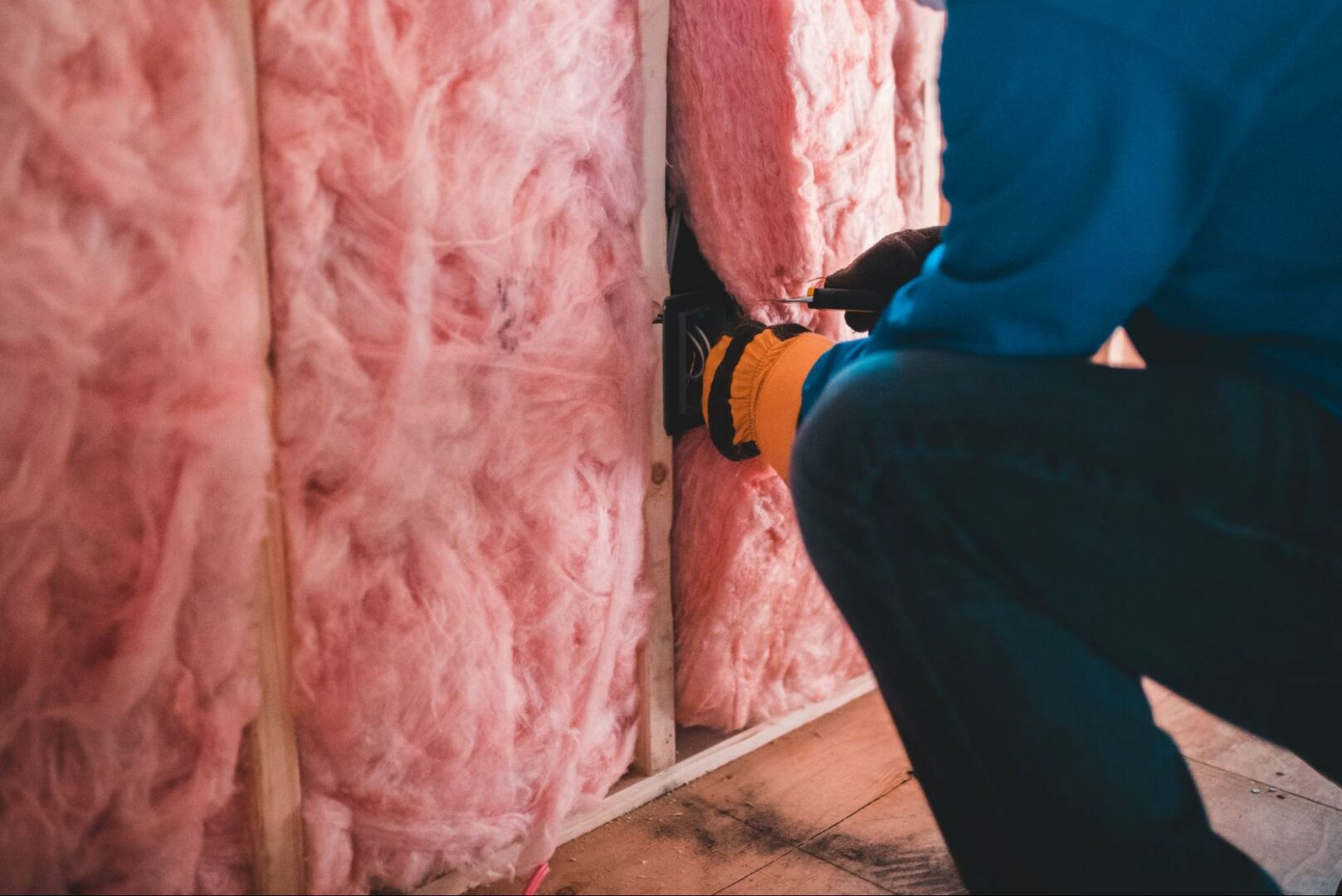
Number of People and Activities in the Room
Your body produces heat, and while you may not notice it when you’re eating ice cream alone in your living room, it’s still happening.
Body heat becomes much more noticeable with large groups of people. Get people exercising or doing physical activities, and they can heat a room all on their own. You may notice this phenomenon in a yoga studio or spin class.
In addition, spaces like commercial kitchens produce ample heat of their own without needing much supplementation. Ovens, burners, and deep-fat fryers consistently produce heat in the hundreds of degrees.
These spaces will, of course, still need heating when nobody is cooking or exercising, but it is wise to consider their uses and subtract a few BTUs per square foot.
How to Calculate the Recommended BTU per Square Foot
A good BTU per square foot heating rule of thumb is to look up which climate zone your property is in and then use the following table as a starting point for your recommended BTU per square foot heating value:
- Zone 1: 30-35 BTU per square foot
- Zone 2: 35-40 BTU per square foot
- Zone 3: 40-45 BTU per square foot
- Zone 4: 45-50 BTU per square foot
- Zone 5: 50-55 BTU per square foot
You can easily find your home or property’s climate zone by referring to a climate zone map.
Here is an example with 1 BTU/hr = 0.29307107 W:
A 100 square foot room in zone 4
DCM Pro Heating cable spaced at 3″ o.c. outputs 12W/SF
100 x 50 = 5,000 BTUs
5,000 x .29307107 = 1,465 W
1,465 / 12 W/SF = 122 square foot of heating cable
This rule of thumb is not the most scientific approach, but it’s a good starting point. If you really want to crunch the numbers and accurately determine how many BTUs per square foot your home requires, you need to calculate your home’s heat loss.
Radiant Floor Heating and BTUs
Electric radiant floor heating’s BTU per square foot value will typically range from 35 to 50, making it suitable for all but the coldest climates. When heating your home with electric radiant floors, remember that your heating requirements can be significantly impacted by flooring type, insulation, and the number of windows in the living space. Warmup’s DCM-PRO offers flexible spacing to easily adjust heat output to fit customers needs. Consult with a heating professional if you have any questions.
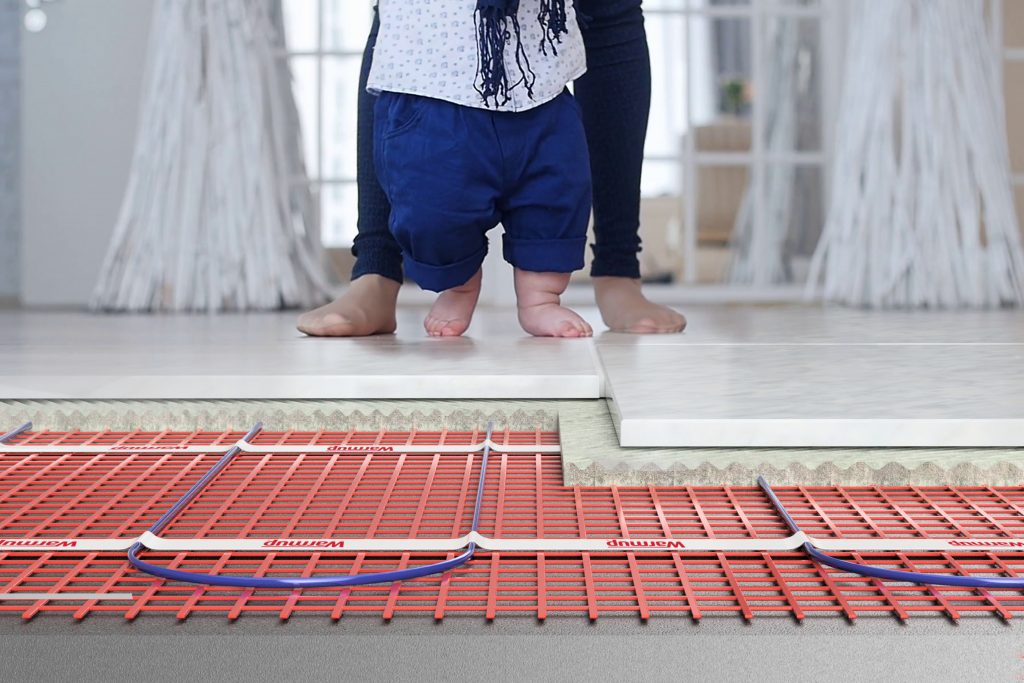
Advantages of Radiant Floor Heating
There are many advantages to using radiant floor heating in your home, including increased comfort and energy efficiency. Add in the fact that radiant floor heating provides near-silent operation and costs less than its more traditional counterparts, and heating your home with radiant flooring can make a lot of sense.
Comfort/Better Home Heating
Traditional forced hot air and baseboard heating systems provide warmth from one or two small areas within a room, but radiant flooring heats the entire room consistently and evenly. Not only is the heat more evenly dispersed, but radiant floors are heating you directly, rather than the air surrounding you.

Energy Efficiency
By heating your entire room evenly from the ground up, your home’s thermostats can get more accurate temperature readings, which requires less energy to activate your heat in unnecessary situations.
In addition, if you pair your radiant flooring with a smart thermostat, like the Warmup 6iE Smart WiFi Thermostat, you can turn your home into a finely tuned, energy-efficient machine.
Utilizing tools like SmartGeo technology and Advanced Early Start functionality, the 6iE intuitively turns your heat up when you’re home and back down while you’re away. The 6iE can also use local weather forecasts to activate heat at precisely the right time, to eliminate unnecessary energy consumption.
Quiet Operation
Unlike howling heating vents and rattling radiators, electric radiant floor heating is extremely quiet, if not silent. You can create the tranquil home you’ve always dreamed of by eliminating the excess noise of outdated heating systems.
Cost-Effective
Installing other heating systems requires extensive ductwork and pipes that run inside your walls, leaving you with costly installation and wall repair bills. With radiant floor heating, simply install the heating mat as part of your subfloor underneath your tile, carpet, or laminate flooring; no costly or invasive construction is required.
Want to take the savings a step further? When you pair a smart thermostat with electric radiant floor heating, you can save up to 25% on your energy bill!
Discover the Best Home Heating Solution with Warmup
With over 2 million systems sold worldwide, Warmup has provided customers with comfortable, cozy heat that has saved them money on their heating bills for over 25 years.

From the DCM-PRO to the 6iE Smart WiFi Thermostat, Warmup has used proprietary research to create cutting-edge products that can heat your home more evenly and efficiently, all while saving you money.
Want to find out more about Warmup’s wide range of products? Visit the site, contact a live operator, or get a free online quote today and find out why Warmup is the world’s best-selling floor heating brand.
